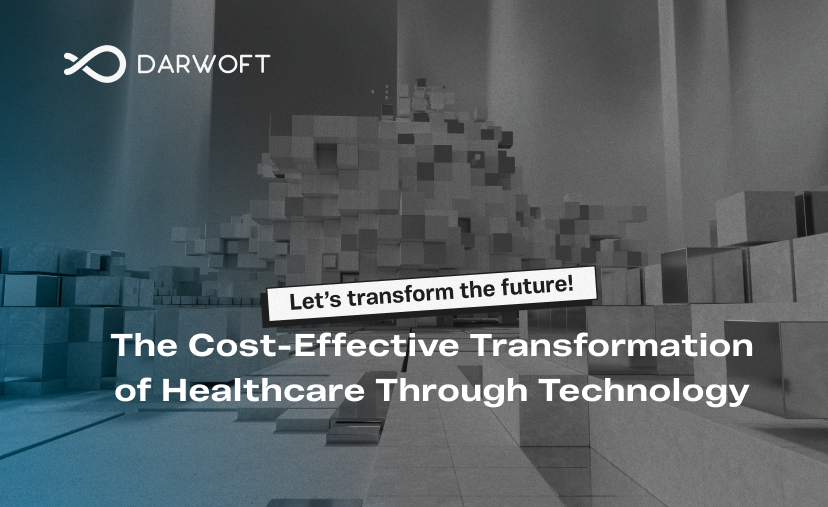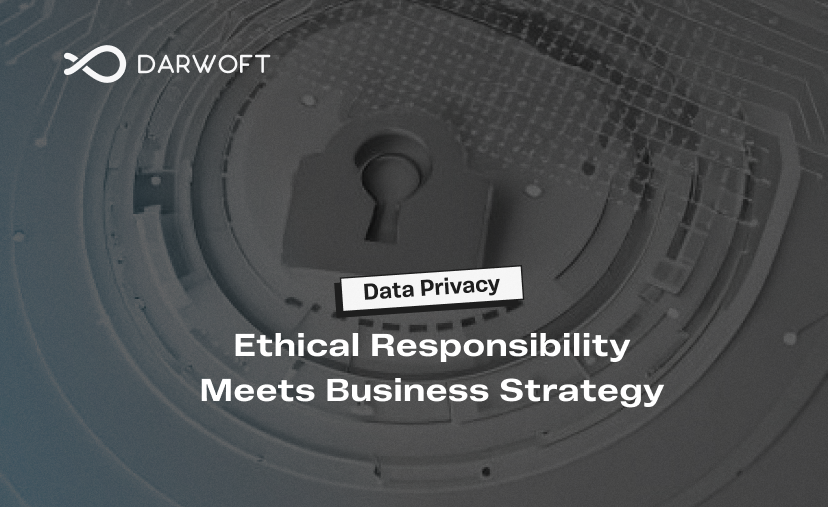Technology's influence on the healthcare industry is often discussed in terms of its benefits and improvements. Genuinely, new technologies often require significant upfront costs for equipment, software, infrastructure, and staff training. These initial investments can temporarily increase healthcare costs. However, understanding the precise impact on costs and revenues is crucial for a comprehensive and right analysis. An accurate way to evaluate the influence of technology on healthcare can be assessed through cost reduction and revenue increase.
Following are some points in which technology produces positive consequences on the healthcare industry:
Cost Reduction through aspects like:
- Operational Efficiency: Technologies like electronic health records (EHRs), telemedicine, and healthcare analytics enhance administrative processes by reducing paperwork and optimizing workflow efficiency. This leads to cost savings through better staff time utilization and resource management.
- Preventive Care and Chronic Disease Management: Remote monitoring devices, wearable technologies, and mobile health apps facilitate early health issue detection, better chronic condition management, and proactive interventions. This reduces the need for costly hospitalizations and emergency care.
- Supply Chain Management: Advanced inventory systems, automated supply chain solutions, and blockchain technology improve inventory tracking and minimize waste. These innovations reduce stockouts, improve supplier negotiations, and result in cost savings. Additionally, tracking drug delivery and waste can further contribute to cost control.
In addition, technology applied produces direct Revenue Increase:
- Value-Based Care Models: Technology supports the shift from fee-for-service to value-based care models, where providers focus on delivering high-quality care at lower costs. This shift can enhance reimbursement rates and revenue streams by improving patient outcomes and satisfaction.
- Telemedicine and Remote Consultations: Expanding access to care through telehealth attracts new patients and increases patient engagement. This leads to higher patient volumes and revenue, while also reducing no-show rates and improving appointment scheduling efficiency.
- Personalized Medicine and Precision Health: Advances in genomic sequencing, data analytics, and AI-driven decision support systems enable tailored treatment plans. This personalized approach attracts patients seeking specialized care and premium services, potentially boosting revenues. Healthcare enterprises can also create and market their own personalized technology products.
- Research and Innovation: Technology drives collaborative research, clinical trials, and drug development, leading to novel therapies and medical devices. The commercialization of these innovations generates new revenue streams for healthcare organizations.
In summary, while technology can drive significant cost reductions and revenue increases in healthcare, it often requires careful consideration of initial investments, ongoing maintenance, and its impact on operational efficiency and patient outcomes. Evaluating the cost-effectiveness of new technologies involves balancing their benefits, risks, and potential return on investment over time.
A significant aspect to consider carefully is the IT team, who works on your product. In Darwoft can provide an effective solution for your health care company, on time, and on budget.
What is your next step in innovation for health tech?





